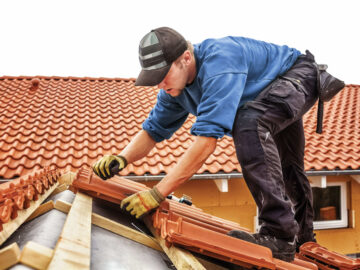Why Homeowners Insurance Premiums Increase

If you’ve recently opened your homeowners insurance renewal packet and noticed your premium has increased, you’re not alone, and you’re likely wondering why, especially if:
The answer lies in understanding the difference between your rate and your premium—two terms that sound similar but mean very different things in the world of insurance. So, what is rate vs. premium?
Your rate is the price per unit of insurance. Think of it like the cost per square foot when buying a home. It’s the base price determined by a combination of factors—things like risk, coverage type, location, construction materials, and historical data.
Your premium is the total amount you pay for your insurance policy. It’s calculated using the rate, but it also includes other variables, like:
So even if your rate remains steady, your premium can still go up. Let’s take a closer look at how that happens.
It might feel unfair if your premium goes up when you haven’t filed a claim. But insurance is a pooled-risk system. That means insurers look at trends across all policyholders, not just your individual history. If the cost of rebuilding is rising or your area is seeing more severe weather events, insurers may need to adjust premiums to ensure they can continue to pay future claims.
We Understand—And We’re Here to Help
We know that premium increases can be frustrating, especially when you’ve done everything “right.” At Security First, our goal is always to keep homeowners protected with the right amount of coverage at a fair and accurate price.
If you have questions about your renewal, how your premium is calculated, or ways to manage your costs, we’re here to support you.
Want to explore a policy that includes broader protection and more flexible options? Ask us about our Signature+ HO3 policy or any of our six other available policy options. Call us at 877-333-9992 or contact your agent and get a quote today.
 Florida Lifestyle
Florida Lifestyle
Explore 7 Florida homeowners insurance products tailored to your needs—from condos to rentals to high-value homes. Get a quote today.
 Home Improvement
Home Improvement
Discover how Security First Insurance’s First Choice Repair Network® helps Florida homeowners with trusted contractors for repairs, renovations, and faster claims.
 Homeowners Insurance Florida
Homeowners Insurance Florida
Learn how to choose your homeowners insurance deductible. Compare flat vs. percentage options, see real examples, and decide what’s best.